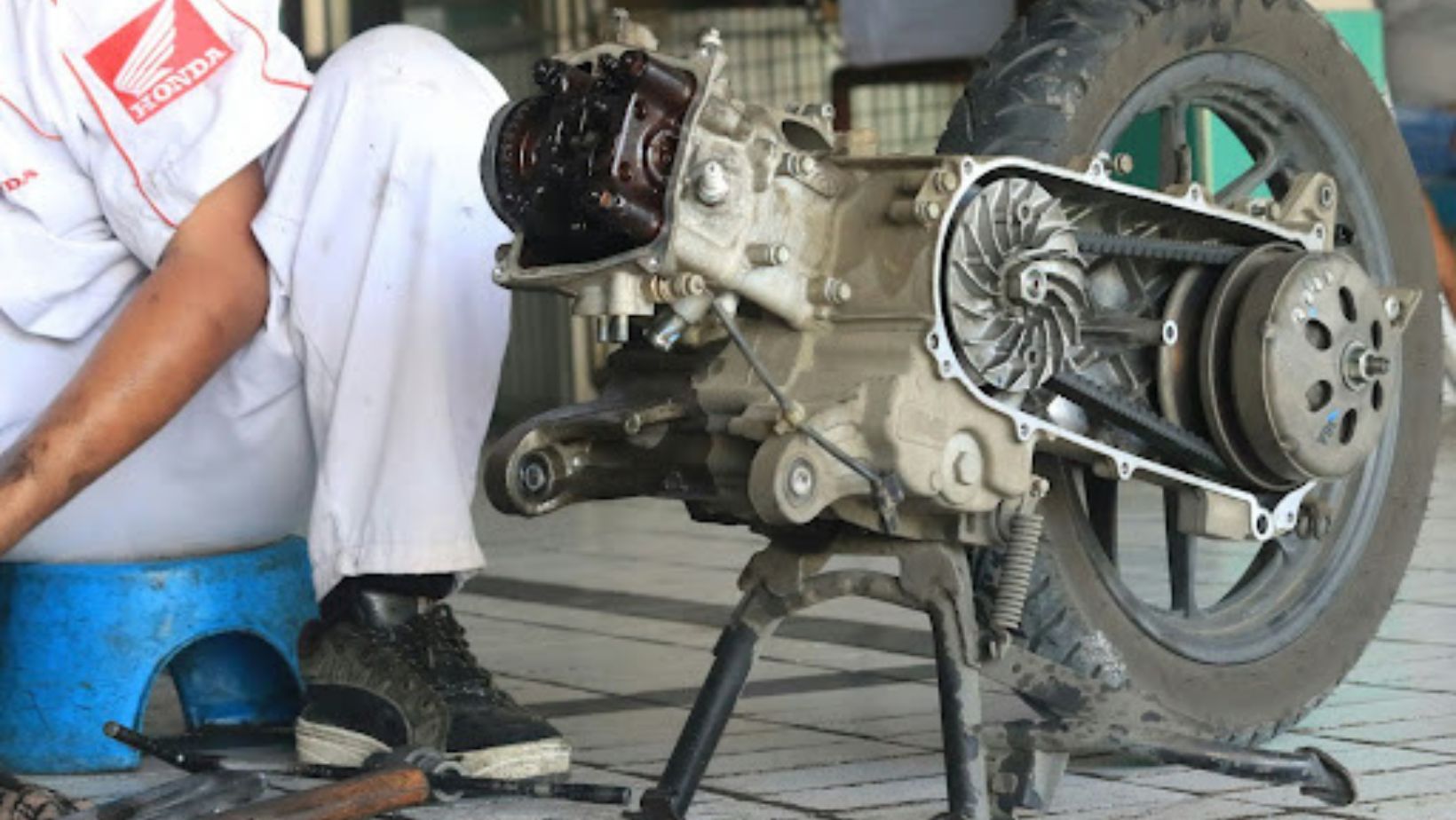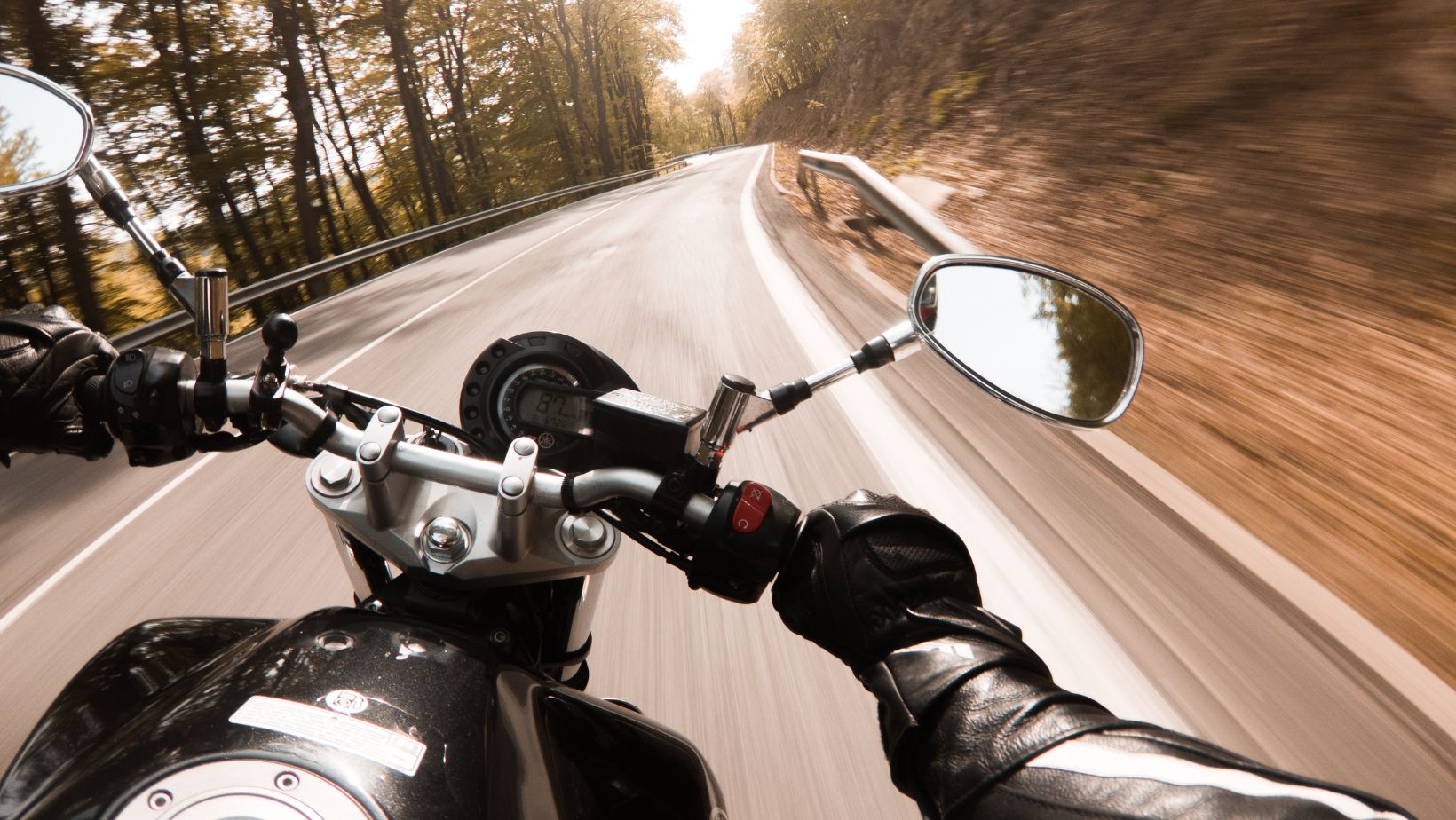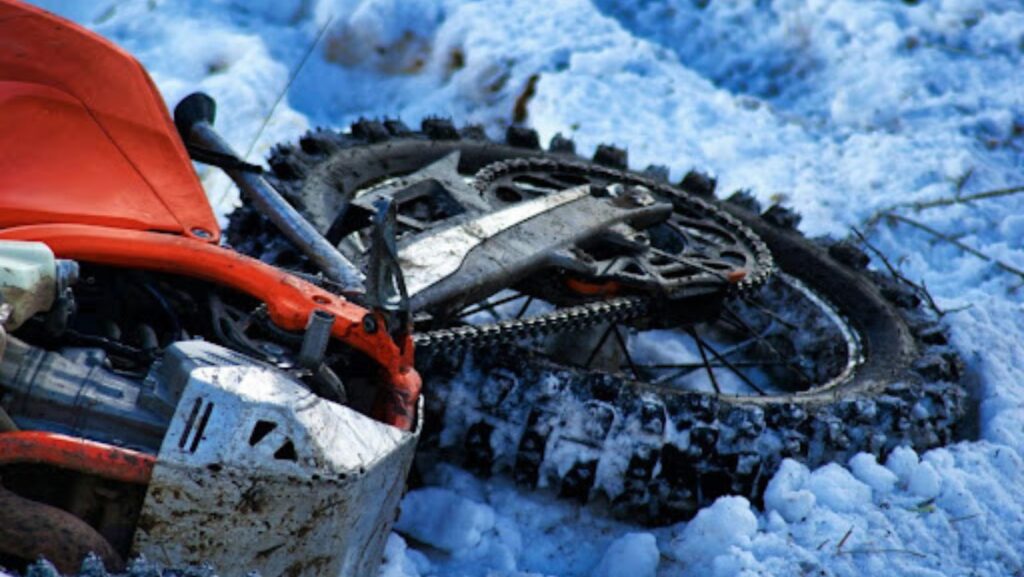Riding a motorcycle brings the thrill of the open road and a sense of freedom. However, bikers are especially vulnerable to road accidents. Every year, countless riders risk their lives simply because they overlook essential safety measures. In this comprehensive guide, we’ll provide proven strategies to minimize risks on the road.
Wear Protective Gear
This can mean the difference between a close call and a life-altering injury. High-quality helmets shield against impact, minimize wind noise and provide better visibility (through anti-fog visors). Armored jackets and pants made from durable materials serve as a second skin.
They protect you from abrasions while still allowing breathability. Many brands feature sleek colors and modern cuts that easily transition to casual settings.
Understand Traffic Rules And Regulations
Each jurisdiction has its unique set of laws, and knowing them can mean the difference between life and death. Attend local workshops or refresher courses discussing state-specific laws. Be proactive about understanding traffic signals and signage. Many motorcycle accidents occur at intersections where riders misinterpret stop signs or fail to notice pedestrian signals. Even minor infractions can lead to severe consequences, both physically and financially.

Perhaps you were injured during an accident caused by someone else. The websites of Motorcycle Accident Attorneys explain how top-rated lawyers can help you fight for maximum compensation. They can explain the Statute of Limitations and help during settlement negotiations and trials.
Stay Visible
Unlike larger vehicles, motorcycles can easily become lost in a driver’s blind spot. They can also be rendered invisible against a backdrop of urban chaos. To combat this, wear brightly colored gear and incorporate reflective materials. This makes you stand out during daylight and significantly enhances your visibility at night or in low-light conditions.
When commuting through busy streets, maintain a consistent lane position that maximizes visibility. This may involve riding slightly more towards the center of your lane. Use turn signals well in advance and make eye contact whenever possible.
Practice Defensive Riding Techniques
Prioritizing a safe following distance gives you enough time to respond to unexpected stops. It also enhances visibility for both you and surrounding vehicles. You’ll be better equipped to anticipate potential hazards (e.g. a distracted driver or unexpected obstacle). Rather than just focusing on the vehicle in front, monitor side lanes, intersections, and pedestrians.
This helps mitigate surprises and allows for quick evasive maneuvers if necessary. Using your mirrors effectively ensures that no one sneaks up from behind unexpectedly. If something doesn’t feel right (like an aggressive driver tailgating or erratic movements around you), alter your speed or change lanes.
Regularly Maintain Your Motorcycle
Establish a routine check-up schedule that includes oil changes, tire pressure, and tread checks, plus brake inspections. This extends the lifespan of your bike while enhancing performance and responsiveness.
Make maintenance an integral part of your riding routine rather than just a chore. In turn, you’ll have a safer and more pleasant experience on the road.
Be Mindful Of Weather Conditions
Rain creates slick surfaces that can lead to diminished traction and increased stopping distances. Adjust your riding techniques, slowing down and increasing following distances. Be aware that strong gusts of wind affect stability and cause sudden shifts in visibility, due to debris or dust.
Riding in the heat can lead to dehydration and fatigue, impairing focus and reaction times. Cold weather can make roads treacherously icy, and even a slight drop in temperature might create black ice in some areas. Always check local forecasts before hitting the road, and adapt your plans if necessary.
Stay Alert and Avoid Distractions
Wild animals crossing your path can pose significant hazards. Distractions can diminish your awareness and reaction time. Recognize what diverts your attention, be it your phone, bike controls, or scenic views.
Silence your phone and use hands-free devices if necessary. Mindfulness techniques (such as deep breathing exercises) can sharpen your focus for the journey ahead.
Know Emergency Procedures And First Aid
Enroll in a first-aid course that includes training on motorcycle-specific scenarios. This could save your life, plus you can assist others during emergencies. Keep essential first-aid supplies easily accessible on your bike.
These may include adhesive bandages, antiseptic wipes, gauze pads, and materials for immobilizing fractures. Familiarize yourself with how to use these items beforehand. This is paramount when time is critical.

Prioritize wearing a helmet and protective clothing, and be vigilant about road conditions and potential hazards. Regular maintenance checks on your motorcycle can ensure it’s in optimal working condition. In turn, you can enjoy motorcycling at its best, and reduce the risk of accidents.
